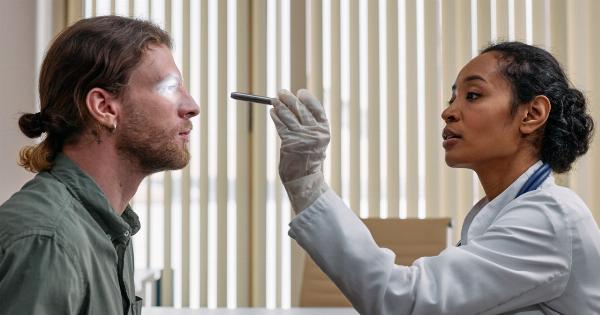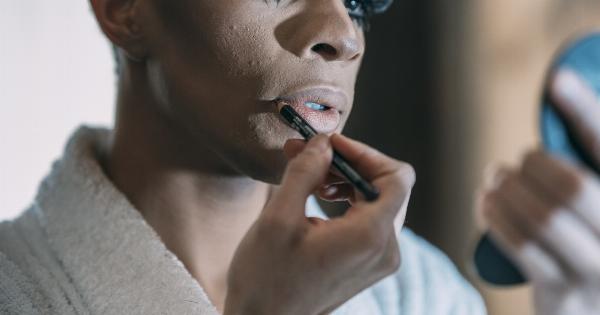Sex is an important aspect of human life, and it plays a significant role in maintaining intimate relationships. Women have been the subject of several myths and misconceptions when it comes to sex.
In this article, we will discuss ten things about sex and women that you always wanted to know, but may have been afraid to ask.
The Female Anatomy
The vagina is a stretchy muscular canal that leads from the cervix to the outside of the body. The clitoris is a tiny organ located at the top of the vulva and is the most sensitive part of a woman’s body.
The labia majora and minora are folds of skin found around the vaginal opening that help protect the vaginal opening and internal organs.
Orgasms
Women can experience a range of different types of orgasms, including clitoral, vaginal, and combination orgasms.
Clitoral orgasms are typically achieved through direct stimulation of the clitoris, while vaginal orgasms are achieved through stimulation of the G-spot. Combination orgasms can be achieved through a combination of clitoral and G-spot stimulation.
Contraception
There are several types of contraception options available to women, including hormonal methods like the pill, IUDs, and condoms.
Hormonal methods work by preventing ovulation, while condoms work by preventing the exchange of bodily fluids during sex, thereby reducing the risk of sexually transmitted infections. It is important for women to choose a contraception method that works for them and their lifestyle.
Pregnancy and Childbirth
Pregnancy and childbirth can have a significant impact on a woman’s body. During pregnancy, the body undergoes significant changes to support the growing fetus, including weight gain, changes in hormone levels, and changes in blood pressure.
Childbirth can be a physically demanding and painful process, but it is also a moment of great joy and satisfaction for many women.
Sexually Transmitted Infections
Sexually transmitted infections (STIs) can be transmitted through sexual contact and can have serious health consequences if left untreated. Common STIs include chlamydia, gonorrhea, herpes, and HIV.
It is important to practice safe sex and get tested regularly for STIs if you are sexually active.
Menopause
Menopause is a natural biological process that occurs in women as they age. During menopause, the body’s production of estrogen and progesterone decreases, leading to a range of symptoms such as hot flashes, mood swings, and vaginal dryness.
Hormone replacement therapy can be used to alleviate some of the symptoms of menopause, but it is not without risks and should be discussed with a healthcare provider.
Female Libido
Female libido, or sex drive, can be influenced by a range of factors such as stress, hormone levels, and relationship issues.
Low libido can be a source of frustration for many women, but it is important to remember that it is a normal part of the sexual cycle and can be addressed through communication with a partner and/or with the help of a healthcare provider.
Sexual Fluids
Sexual fluids, such as semen and vaginal secretions, play a role in sexual health and pleasure.
Semen contains sperm and other fluids that can help facilitate fertilization, while vaginal secretions help lubricate the vagina and protect against infection. It is important to practice safe sex and get tested regularly for sexually transmitted infections.
Sexual Orientation
Sexual orientation refers to a person’s attraction to other people, whether that attraction is to someone of the same gender, different gender, or both. Sexual orientation is a natural aspect of human diversity and should be respected.
It is important to remember that everyone has the right to love and express themselves in a consensual and safe manner.
Conclusion
Sex is a complex and multifaceted aspect of human life, and women’s sexuality is just as important and valid as men’s.
By understanding the anatomy, physiology, and psychology of female sexuality, we can better understand women’s sexual health needs and work towards creating a society that embraces and values sexual diversity.


























